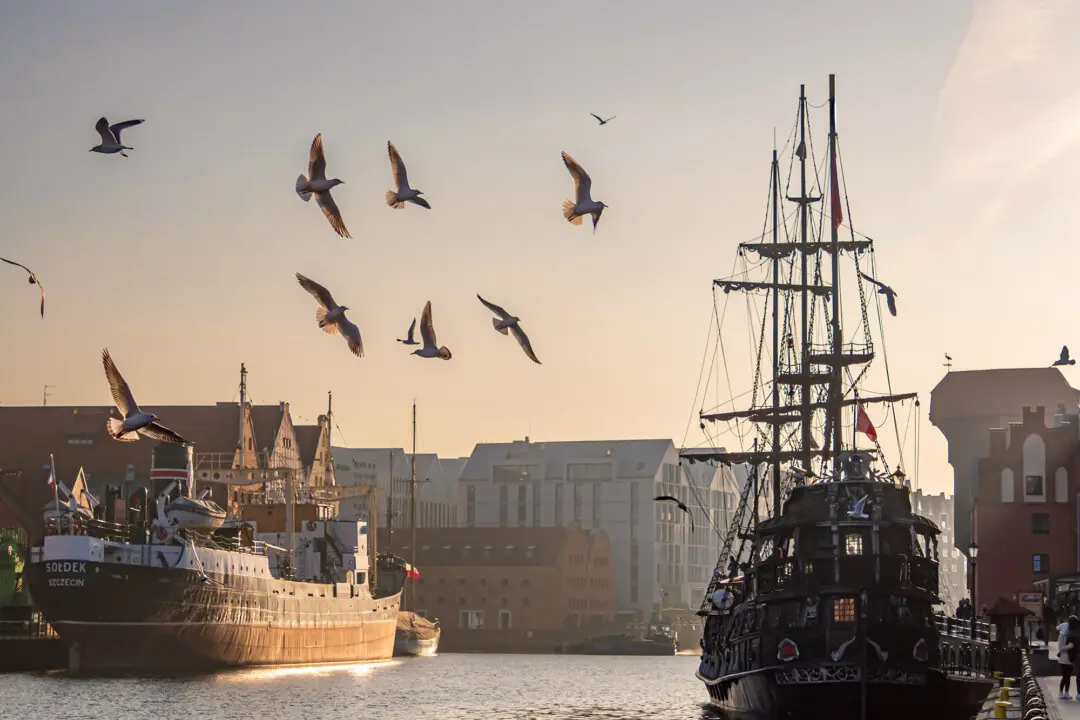Gliding into the harbor on blue waters as still as glass, I climbed up to the top deck for a good look at the handsome town. Behind the white sailboats, moored along the waterfront, a boardwalk buzzed with energy. Behind it was a series of two-story buildings—shops on the bottom, apartments on top—baking in the sun.
Mopeds competed with taxis on the narrow streets. Happy families waved as we approached the seawall. Above it all was a shimmering white clock tower backdropped by dark mountains.





